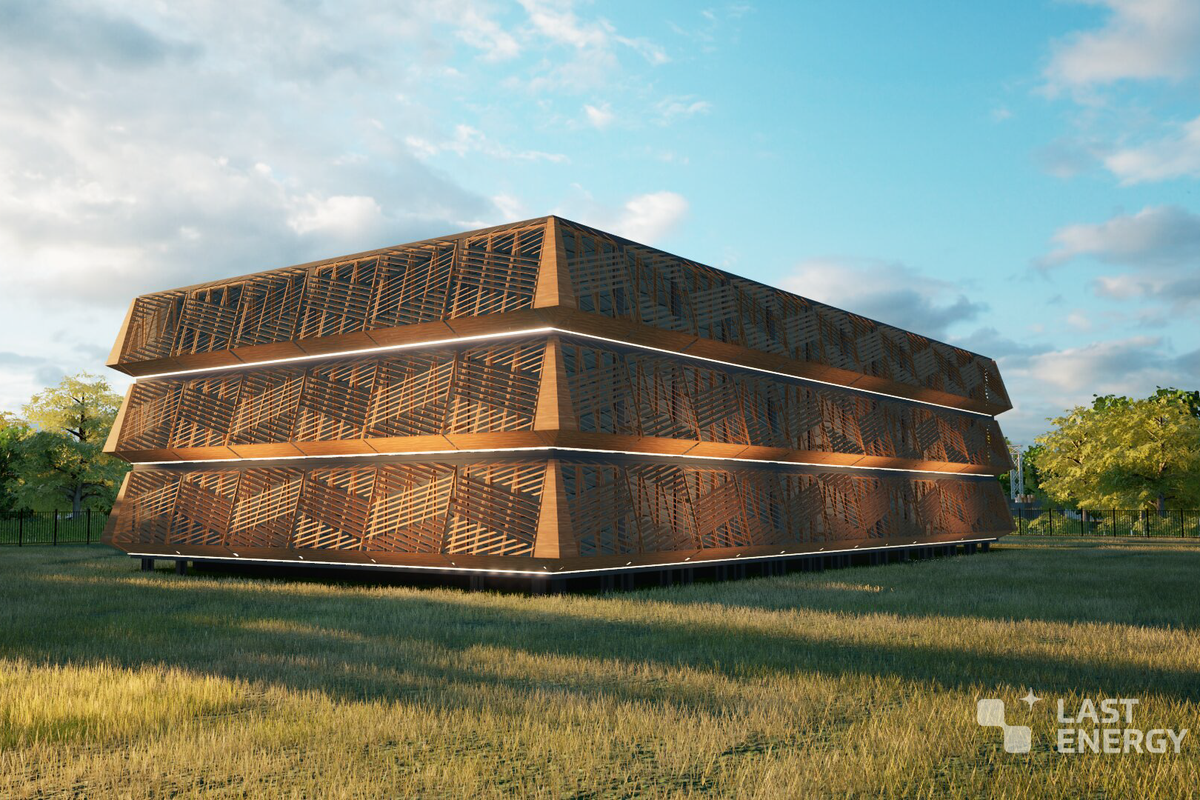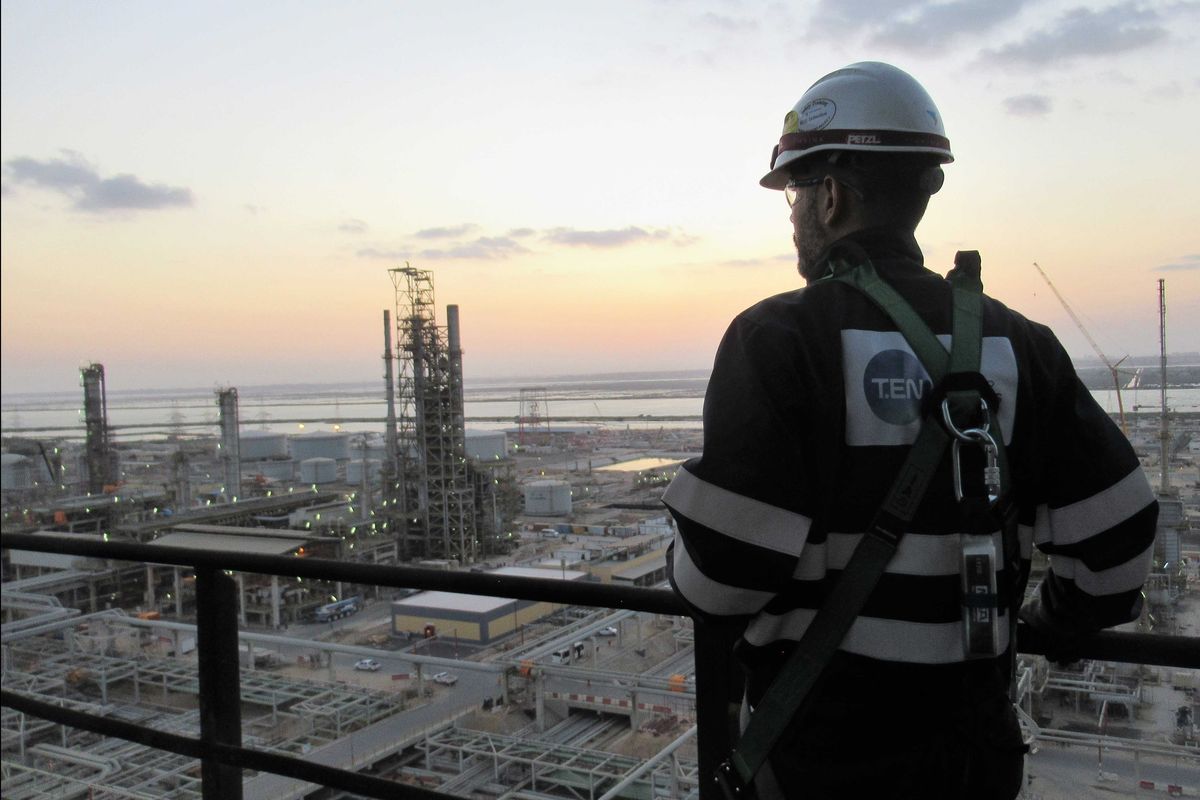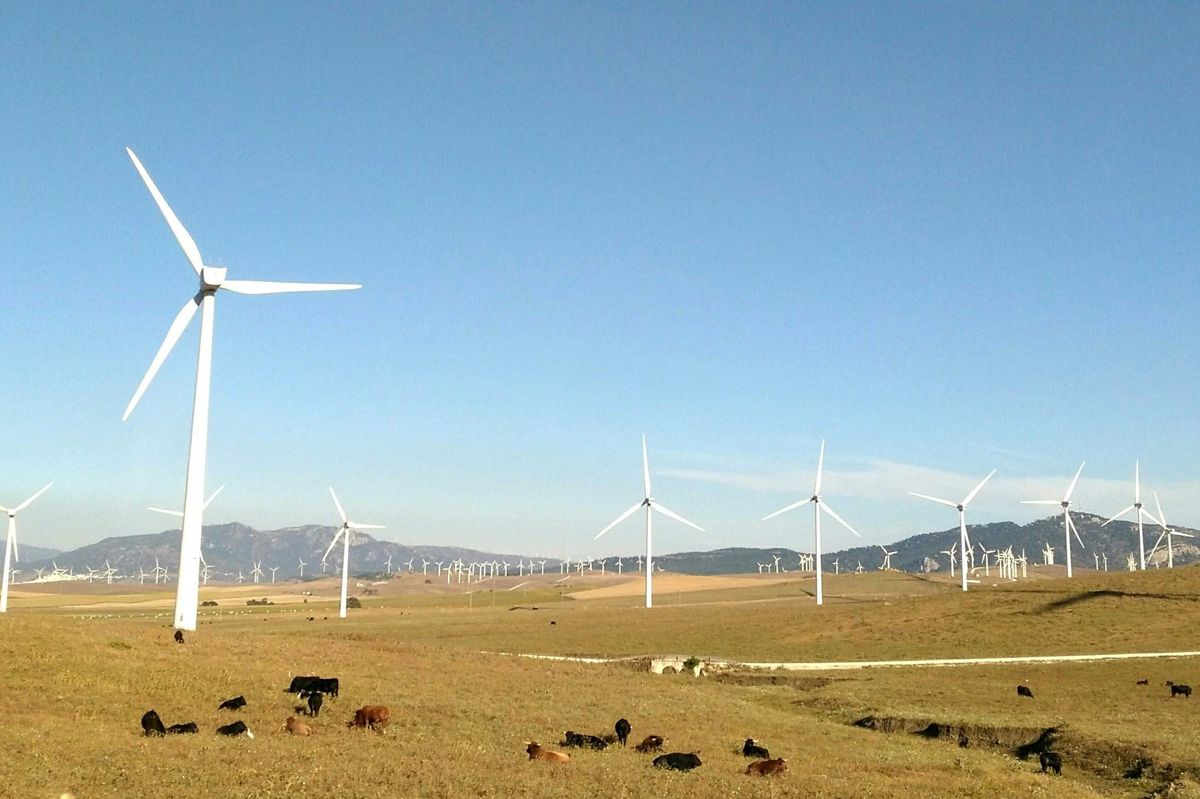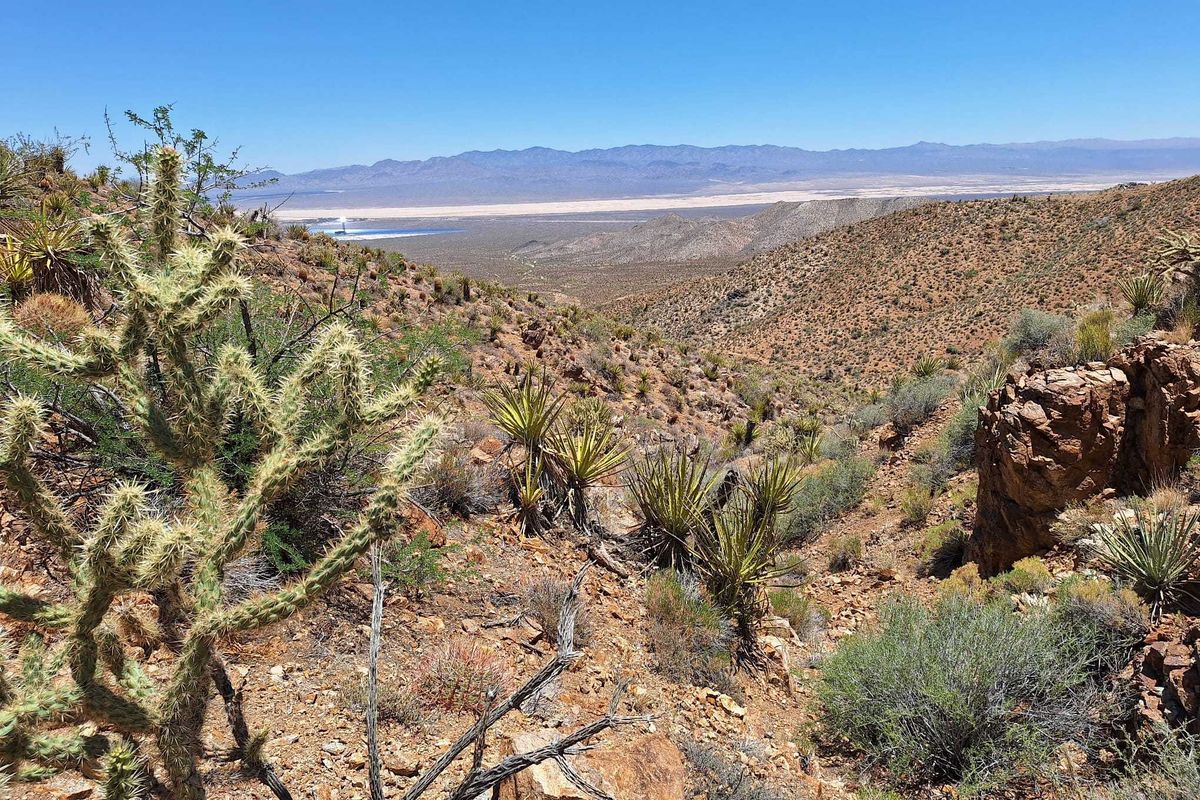Energy leaders across Houston provide a global perspective
IT TAKES A VILLAGE
Just over one month ago, a major Houston drilling executive challenged the energy industry to embrace partnering to attain the sustainability goals of the energy transition. The sentiment echoed across multiple sessions held throughout Houston and broadcast virtually at today’s Future of Global Energy Conference presented by Chevron.
Read on for key statements made by leaders across the city at Day 2 of this three-part event, hosted by the Greater Houston Partnership, Houston Energy Transition Initiative (HETI), and Center for Houston’s Future.
SESSION 1: COMMUNITY ENGAGEMENT AND EQUITY
“My work over the past 20 years… has allowed me to connect with communities that live in the shadows of large industrial facilities,” says John Hall, CEO of Houston Advanced Research Center (HARC).
“If energy companies, and the rest of the business sector, and government could come together… we have the opportunity, if we work innovatively and creatively to mesh all of those resources together, through a process of deliberate and thoughtful conversations, and engagement with some of the most disadvantaged communities in this state–we have the opportunity, without having to spend extra money, but through cooperative collaboration and solution building… not only achieve corporate goals, but uplift these communities.“
SESSION 2: BUILDING A WORKFORCE FOR THE TRANSITION
“We have to educate younger people that are coming into the workforce where the jobs are, and where the where the jobs are going to be in the next 10-15 years,” declares Tim Tarpley, president of the Energy Workforce & Technology Council. “We do not have enough young people coming into the energy space to [back]fill the folks that are retiring. And that’s a big problem.”
Tarpley continues, “Younger people don’t always feel like there’s going to be opportunities in this industry going forward. That couldn’t be further from the truth. There is tremendous opportunity.”
SESSION 3: INNOVATION & TECHNOLOGY FOR THE ENERGY TRANSITION
“Being able to take technology from lab development to commercialization, crossing that barrier of risk–we have to do that as an industry and as a society,” explains Billy Bardin, Global Climate Transition Director, Dow Inc.
“Houston has a leading role to play in that, given the deployed assets, the expertise, the workforce development plans we heard about in the previous session with our academic partners. This portfolio of capabilities is ultimately required. At Dow, we talk about a decarbonizing growth strategy – where we want to decarbonize our assets but at the same time make safer, more sustainable materials that our customers need.”
------
“Partnerships are critical with earlier stage startups, but also partnerships on deployment are critical. When thinking about scaling up, and the challenges of scaling up, it’s really hard to find one company that can do it all,” says Jim Gable, President, Chevron Technology Ventures. “Every solution has to fit within the rest of the system. It’s not just one breakthrough that’s going to resolve the world’s challenges related to decarbonization or lowering our carbon footprint.”
SESSION 4: FUNDING THE ENERGY TRANSITION
“One of the vexing issues is the demand side of the equation,” posits Kassia Yanosek, Partner, McKinsey & Company. “We are in a different world today, where we have to think, ‘How do we scale new molecules?’ Green LNG, hydrogen and ammonia made from green hydrogen or blue hydrogen–we don’t have a deep market for those types of molecules. The challenge we are facing today, in addition to the supports on the supply side, is creating a market and demand for these molecules that cost more but also have a greener content.”










